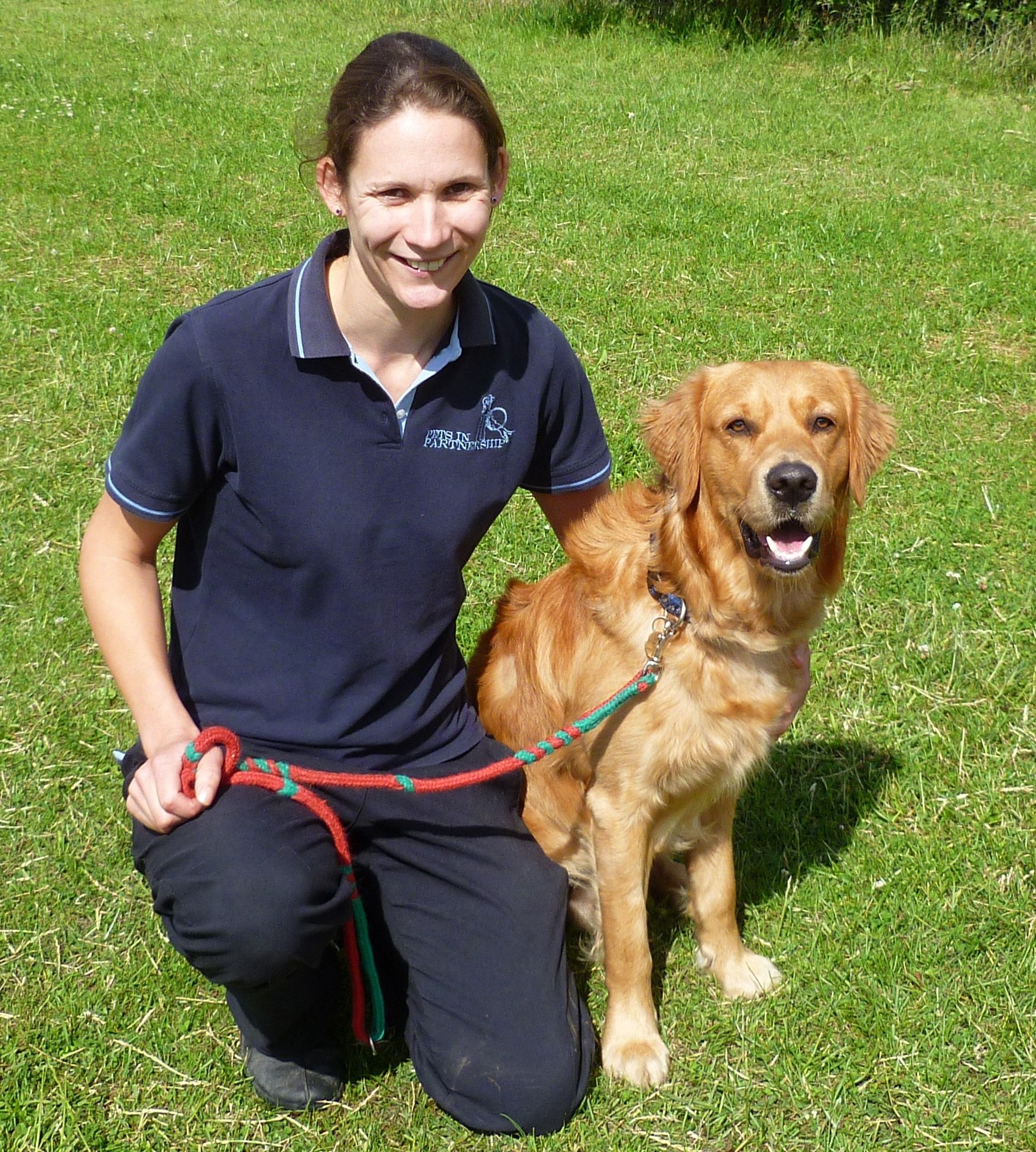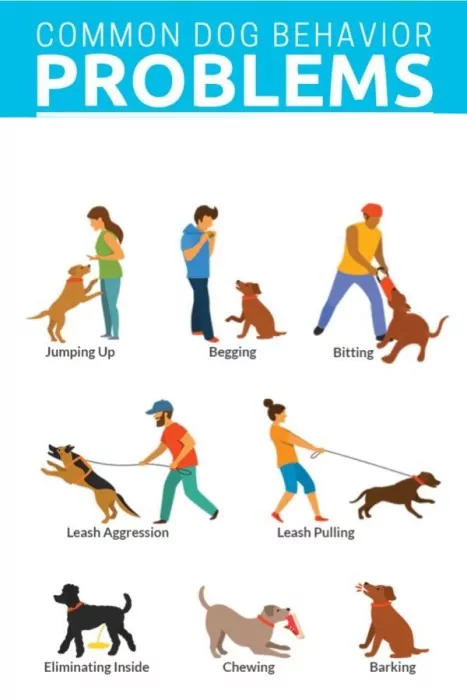Important Pet Dog Educating Tips for Raising a Mannerly Companion
Effective pet training is foundational to creating a harmonious and mannerly buddy. Essential strategies such as early socialization, the establishment of constant commands, and the execution of favorable support can significantly affect a dog's actions and overall disposition. Additionally, comprehending canine habits is vital for customizing training strategies that reverberate with specific pet dogs. By cultivating a participating setting amongst household participants and sticking to a structured routine, owners can enhance their training initiatives. The details of these techniques merit further expedition to completely appreciate their influence on cultivating a well-adjusted canine buddy.
Understanding Pooch Behavior

Additionally, socializing plays an essential function fit a dog's actions. Exposure to various settings, individuals, and other pets helps dogs create confidence and reduces the chance of fear-based reactions. Early socialization is specifically essential, as experiences during the important growth period significantly affect a dog's lasting behavior.
Additionally, understanding the principles of finding out theory-- such as favorable support, unfavorable support, and punishment-- can improve training performance. Dogs are most likely to repeat behaviors that yield positive end results. Using consistent, reward-based training methods promotes a relying on partnership between the canine and its fitness instructor.

Fundamental Commands to Instruct
Teaching standard commands is a vital foundation for reliable canine training and communication. Dog Training For Dogs. These commands not just help develop a clear line of interaction in between you and your pet, yet they also advertise security and etiquette in various scenarios
Begin with basic commands such as "Sit," "Keep," "Come," "Down," and "Heel." Each command offers a specific objective; as an example, "Sit" can aid calm a fired up canine, while "Come" is essential for ensuring your pet dog returns to you when called.
When introducing a brand-new command, utilize a clear and regular tone. Slowly raise the duration and distance as your pet dog comes to be more skilled.
Uniformity is vital; technique commands everyday to strengthen understanding, and guarantee all relative make use of the very same commands to stay clear of confusion. Bear in mind that persistence is needed during this process, as different canines may discover at various speeds. Developing these fundamental commands advertises an unified partnership and establishes the phase for even more innovative training in the future.
Favorable Support Strategies
Favorable support strategies are very efficient techniques for motivating preferred behaviors in canines. This training technique includes satisfying your canine for displaying behaviors you wish to reinforce, thereby increasing the chance of those actions being repeated. Benefits can take different kinds, including deals with, appreciation, or playtime, and should be customized to what encourages your pet dog most.
Timing is crucial in positive support. Rewards need to be offered quickly after the wanted behavior strikes develop a clear organization. If you desire your pet dog to sit on command, compensate them as quickly as they sit, guaranteeing they comprehend what action is being strengthened.
Uniformity is one more important part. Dog Training For Dogs. Utilize the same commands and incentives each time to prevent complication. Slowly, you can phase out deals with for more intermittent rewards, such as spoken praise, to preserve the behavior without relying upon constant exterior reinforcement
In addition, it is essential to continue to be client and prevent punishment, as unfavorable reinforcement can cause be afraid and stress and anxiety, inevitably impeding training initiatives. By executing favorable reinforcement methods, you will certainly cultivate a trusting partnership with your canine, causing a well-behaved buddy.
Socializing and Interaction
Socialization and communication are basic aspects of a dog's growth that complement favorable reinforcement strategies. Very early exposure to varied environments, individuals, and other pets is critical for fostering a well-adjusted animal. explanation This process assists dogs create self-confidence and flexibility, minimizing the likelihood of behavioral problems such as concern or aggressiveness.
Begin socializing during the vital developing home window, commonly in between 3 and fourteen weeks old. Present your puppy to various stimuli, including different sounds, sights, and structures. Register in young puppy classes or prepare supervised playdates with other canines to motivate positive interactions.
As canines grow, remain to expose them to varied experiences. Activities such as visits to parks, pet-friendly stores, or area occasions can boost their social abilities and convenience levels in unknown settings.
Always monitor communications to guarantee they are trouble-free and positive. If your dog exhibits indications of anxiety or aggression, calmly reroute them and permit progressive exposure at a comfortable rate. With constant socialization and communication, you lay the groundwork for a balanced, mannerly friend efficient in flourishing in diverse social scenarios.
Consistency in Training
Establishing uniformity in training is vital for effective interaction between a pet and its proprietor. Pets prosper on clear and regular expectations, which aids them comprehend what behavior is preferred. A consistent strategy includes making use of the exact same commands, hand signals, and rewards for details habits. This harmony decreases complication, allowing the pet to get more information successfully.
Consistency additionally extends beyond commands; it includes the rules established within the family. As an example, if a click for more info canine is not permitted on the furnishings, this guideline needs to be applied in all times. Combined signals can lead to behavioral problems, as the canine might come to be uncertain regarding what serves.
Furthermore, all member of the family must get on the very same web page regarding training techniques and commands. If someone awards a habits while one more lectures it, the pet may become anxious and disoriented.
Final Thought
Finally, carrying out necessary pet dog training ideas promotes a well-behaved companion. Early socialization, consistent commands, visit here and positive reinforcement are crucial components that add to reliable training. Developing clear interaction and preserving a routine boosts the pet's understanding of assumptions, while persistence guarantees long-term success. Ultimately, these practices grow a relying on connection between the pet and its household, promoting a harmonious living setting and a well-adjusted canine buddy (Dog Training For Dogs).
Necessary techniques such as very early socialization, the facility of constant commands, and the execution of positive support can substantially influence a pet's behavior and overall disposition. Recognizing canine habits is crucial for customizing training approaches that reverberate with individual canines.Understanding canine habits is essential for efficient pet training. Dogs are more most likely to repeat behaviors that generate positive results.Favorable reinforcement methods are very effective techniques for motivating desired behaviors in pet dogs.